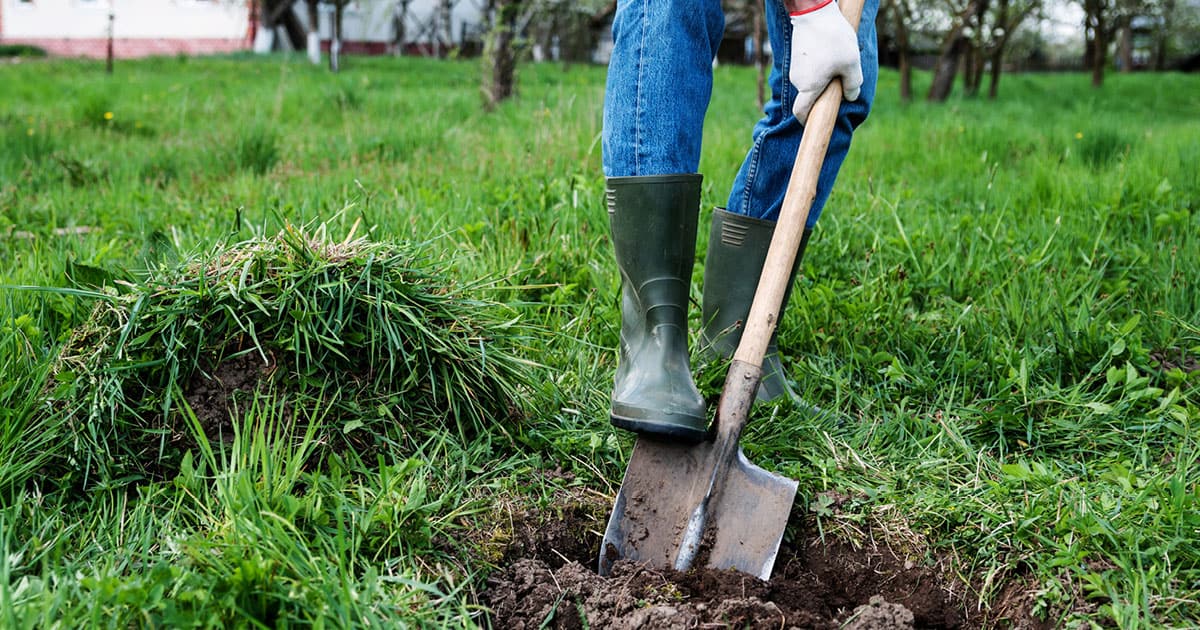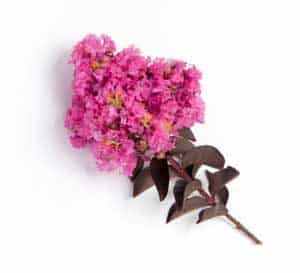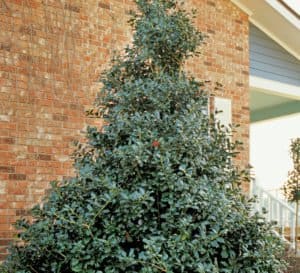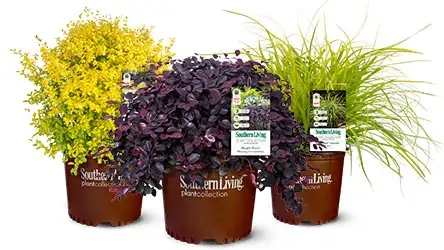Trees and shrubs are the backbone of any great landscape – providing natural beauty as well as structure and stability. Not only are they long-lived, but they contribute greatly to the market value of a home. As such, we want to give them the best possible start in the landscape by selecting a site that supports health and longevity. It is also important to follow good technique when installing trees and shrubs, as a healthy plant begins with proper planting.
Proper Depth
Many plants die from being planted either too shallow or too deep. Planting too deep favors root and crown diseases, and also encourages the growth of circling roots. These roots wrap around the trunk and cause girdling, which means the movement of water and nutrients is restricted. Trees and shrubs can also be planted too shallow, which can lead to root damage from exposure and excessive drying.
To properly set the plant, dig a hole only as deep as its root ball. That may be the depth of the soil in the container or shallower. To determine planting depth, start by finding the root collar. This is the zone where the root system meets the trunk and is usually identifiable by a flaring in the trunk. Sometimes the root collar gets buried in the container when plants are shipped. Remove soil around the base of the plant until you identify the collar region or expose the first set of roots.
Next, gently slip the plant out of the container, being careful not to pull on the trunk or branches. Untangle any circling roots and cut these with a hand pruner as needed. Loosen the root ball so it no longer resembles the shape of the container. Do not be afraid to cut the roots, as you will do more harm by leaving circling roots to girdle the plant. Then, direct roots outward from the plant as you work. Once the roots are prepared and the collar exposed, you can clearly see the depth of the root ball. This is the ideal depth to dig the planting hole.
Why so Wide?
The rule of thumb when planting is to dig a hole three times as wide as the root ball. This allows plenty of space to spread the plant roots and provides a loose soil for rooting. The vast majority of roots on trees and shrubs grow horizontally, rather than downward. A wide planting hole accommodates these shallow, spreading roots and gives trees and shrubs the best possible chance of establishing a strong root system after transplanting.
Setting Plants
Once the planting hole is prepared, set the plant so the collar region is level with the existing ground plane. Mound and pack soil beneath the root ball as needed to adjust the plant height.
Spread the roots out toward the sides of the planting hole and backfill with the soil you removed from the hole. Be sure to check the tree or shrub as you work to ensure it remains upright and does not lean. Gently tamp the soil, and water the plant well to limit transplant shock. Cover the soil with mulch to help retain soil moisture and manage weeds.
Trees and shrubs require regular irrigation as they establish a new root system. Be sure to irrigate even if plants are drought tolerant. Taking the time to give your plants a good start through proper planting is the first step in maintaining a healthy landscape.








